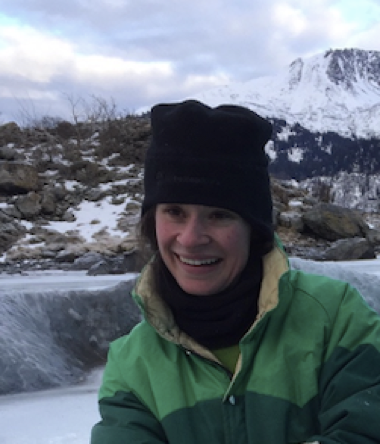The City of Homer recently approved spending $750,000 to begin a U.S. Army Corps of Engineers “general investigation” into the feasibility and impact of a proposed expansion of the Port of Homer.
People have been talking about a harbor expansion for years, but the conversation is real now.
The general Investigation — three years of Army Corps public hearings, feasibility, and environmental impact analysis — could start as early as the last week of February, according to the Harbormaster.
If the expansion is as big as some want, it will radically change the size and feel of Homer, and we all need to be part of discussions as this project moves forward.
The Corps is waiting on federal dollars to kick off the general investigation process, but they expect to begin a series of formal community conversations, aka “charrettes,” in the coming months to develop about five scenarios for expansion, one of them being No Action.
They will then begin feasibility and environmental impact analysis of the options. People and groups who want to be part of the charettes should email the COE Project Manager Curtis Lee at Curtis.D.Lee@usace.army.mil.
The Port and Harbor Advisory Commission — along with the mayor and the harbormaster — are currently leading their own discussions on ideas for expansion, after spearheading the effort to get the Corps to consider it.
At this point, their ideas are the starting point for the Corps’ analyses. They are considering some expansive visions, including moorage for about 200 large vessels (up from the current 40), additional moorage for about 250 small vessels that can go where the larger boats are now, accommodations for container ships (how many?), accommodations for large cruise ships (how many?), a port for the future when the ice-caps melt, large man-made islands or “causeways” to haul vessels out, and a road across Mud Bay.
These are just ideas at this point, but they would have major impacts on the community if they become a reality.
For this reason, there needs to be a concerted effort to bring a broader cross-section of Homer — along with the city council, the planning commission, Public Works, Kachemak City, KPB — into discussions of this project. We need to be talking about a wide range of issues when we talk about spending our city, state and federal dollars on it.
What is the basis for the supposed need for a port of the proposed size? What long-term projections are being used to support the arguments? What are the bases of those projections?
If the argument is that this growth is inevitable, what is the basis for that view? If the growth is not inevitable, is this what Homer wants?
A rational person expects declines in both AK fisheries — warming oceans — and oil and gas — running out — over the next 50 years. All our large boats are fishing and tender vessels. What is the plan then?
If we are planning to spend a minimum of $300 million on this thing, as the harbormaster says, what percentage of it will the city have to pay?
If Kodiak and Anchorage can’t afford to maintain their harbor, and we can’t afford to maintain the one we have now, how will we afford to maintain a new large-vessel harbor?
All additional boats will need to be hauled out and worked on. The boatyard is full; where will that happen? Does this plan involve the filling of the Beluga Wetlands or other wetlands? An island in the middle of Kachemak Bay? What are alternatives? Where will these new boat owners and the people who work on them park? What would it cost to build roads to handle all this? Where would they go?
What are some of the expected impacts to the Kachemak Bay Critical Habitat Area and Kachemak Bay State Park? Is it worth it?
How many people will be coming to Homer on these boats? How many people will be working on them? Where will they live? What is our long-term plan for housing people in the trades, when most trades people can’t afford to buy or rent a home here now?
What is our long-term plan for stormwater management? Green spaces? Wildlife, transportation, public services…
How many cruise ships are we talking about? Is that what Homer wants?
Why would container ships come to Homer? Do we have the infrastructure to handle them? Where would they go from here? Why wouldn’t they go to Anchorage or Whittier? What would their impact be to our town? Can our roads handle this?
To get involved, email Kachemak Bay Conservation Society at kbayconservation@gmail.com.
Penelope Haas is the vice president on the board of the Kachemak Bay Conservation Society. Her work with KBCS is focused on local conservation issues, including good planning and management of Kenai Peninsula, Kachemak Bay and Cook Inlet to ensure protection of fish, wildlife and their habitat.


